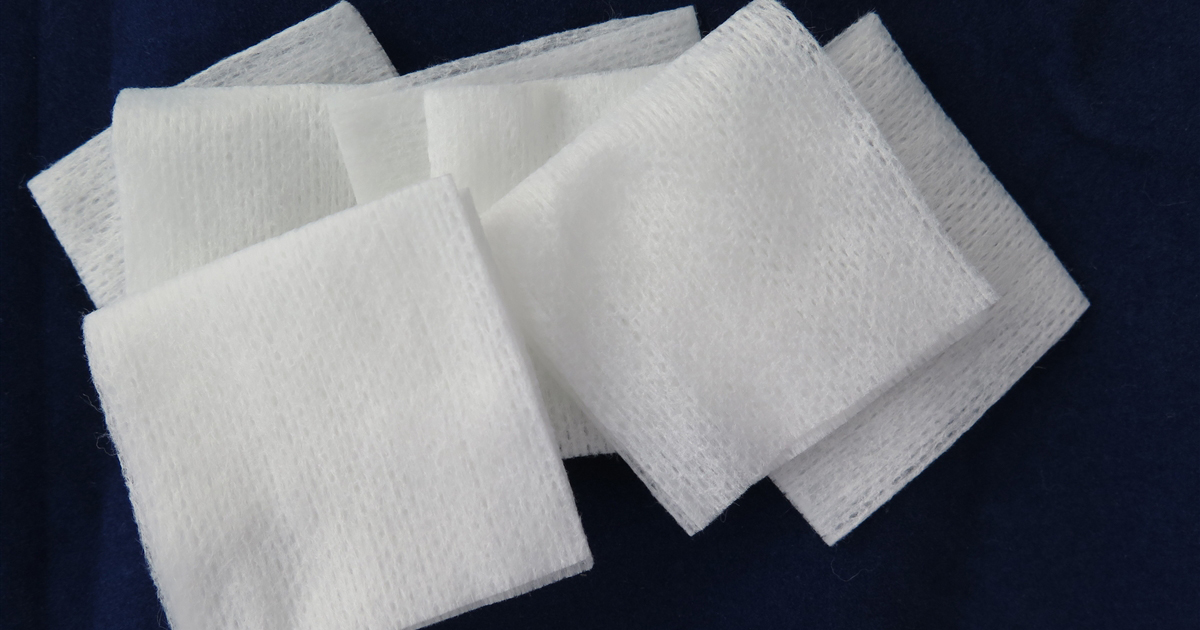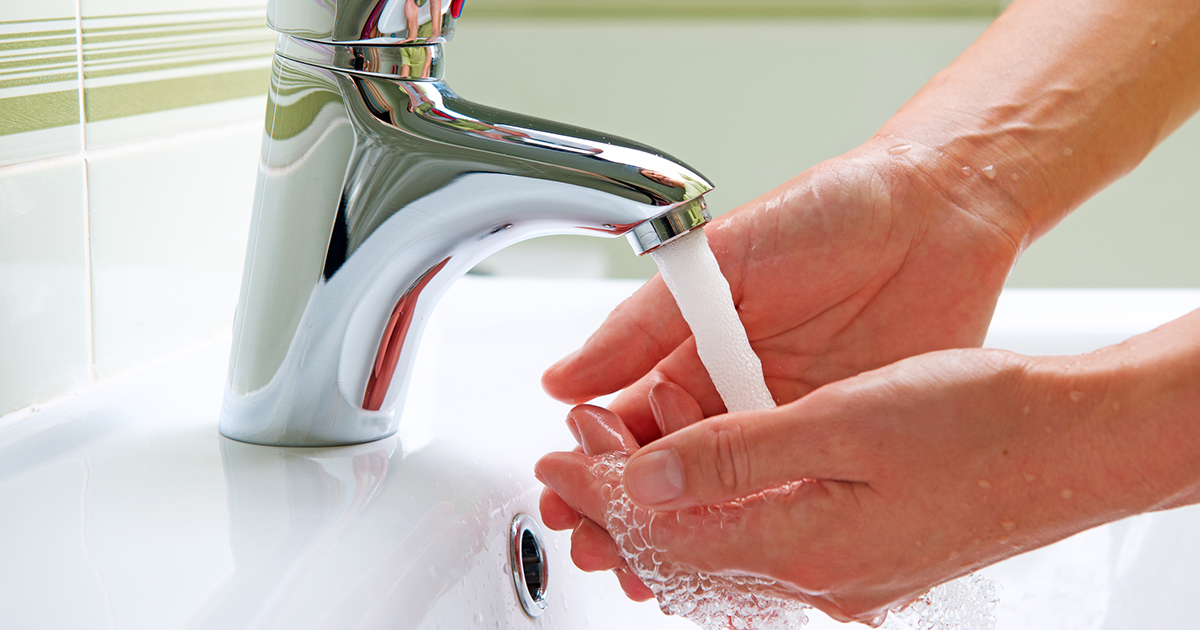Methods Of Treating And Preventing Molluscum Contagiosum
Molluscum contagiosum is a contagious skin infection caused by a virus. It is most commonly diagnosed in children and in adults with compromised immune systems. The virus produces clusters of painless and firm pink or flesh-colored bumps. Sometimes, the bumps may be itchy. Typically, most patients develop between ten and twenty bumps, and scratching these may cause additional bumps to form in the surrounding areas. This infection can occur anywhere on the body, and the virus can be transferred to other individuals through skin-to-skin contact and through touching objects used in an infected area. Doctors can normally diagnose molluscum contagiosum with a physical exam and visual inspection, and occasionally, a biopsy may be taken. While the bumps generally go away on their own without treatment, it can take up to a year for them to fade. For patients with conditions that weaken the immune system, the bumps will not resolve if left untreated.
The steps outlined below can help in the prevention and treatment of molluscum contagiosum.
Effective Personal Hygiene
In some cases, effective personal hygiene may prevent the development of molluscum contagiosum, particularly if the individual has recently had close contact with someone who has it. Individuals should wash their hands with warm water and soap for at least twenty seconds, though an alcohol-based hand sanitizer can also be used. Hands should be washed before cooking and eating, after going to the bathroom, and both before and after any contact with infected skin or a potentially infected object. Persons who have or who are treating an individual who has the infection should wear gloves to avoid skin contact. To minimize the spread of molluscum contagiosum, any clothing, towels, or bedding that has come into contact with an infected area should be washed separately, and the use of a bleach solution may be beneficial.
Uncover more methods of treating and preventing molluscum contagiosum now.
Keep Bumps Clean And Covered

Patients should keep bumps clean and covered to reduce the risk of developing additional bumps and transmitting the virus to others. This can be done by using adhesive bandages or sterile gauze pads, and dressings should be changed at least once every three or four days. Alternatively, patients may wish to simply cover the bumps with clothing, perhaps by wearing long sleeves or long pants. Keeping the bumps covered will discourage scratching, which can spread the bumps to other areas of the body, and it will also eliminate the risk of accidentally contacting someone else's skin with the infected area, particularly if the bumps occur on the arms. Patients should examine their skin several times a week to check for the presence of any new bumps, and they should also look for potential signs of infection in existing bumps. For example, any swelling, warmth, redness, discharge, or pain from the bumps should be reported to a primary doctor or dermatologist.
Learn more about how to treat and prevent molluscum contagiosum now.
